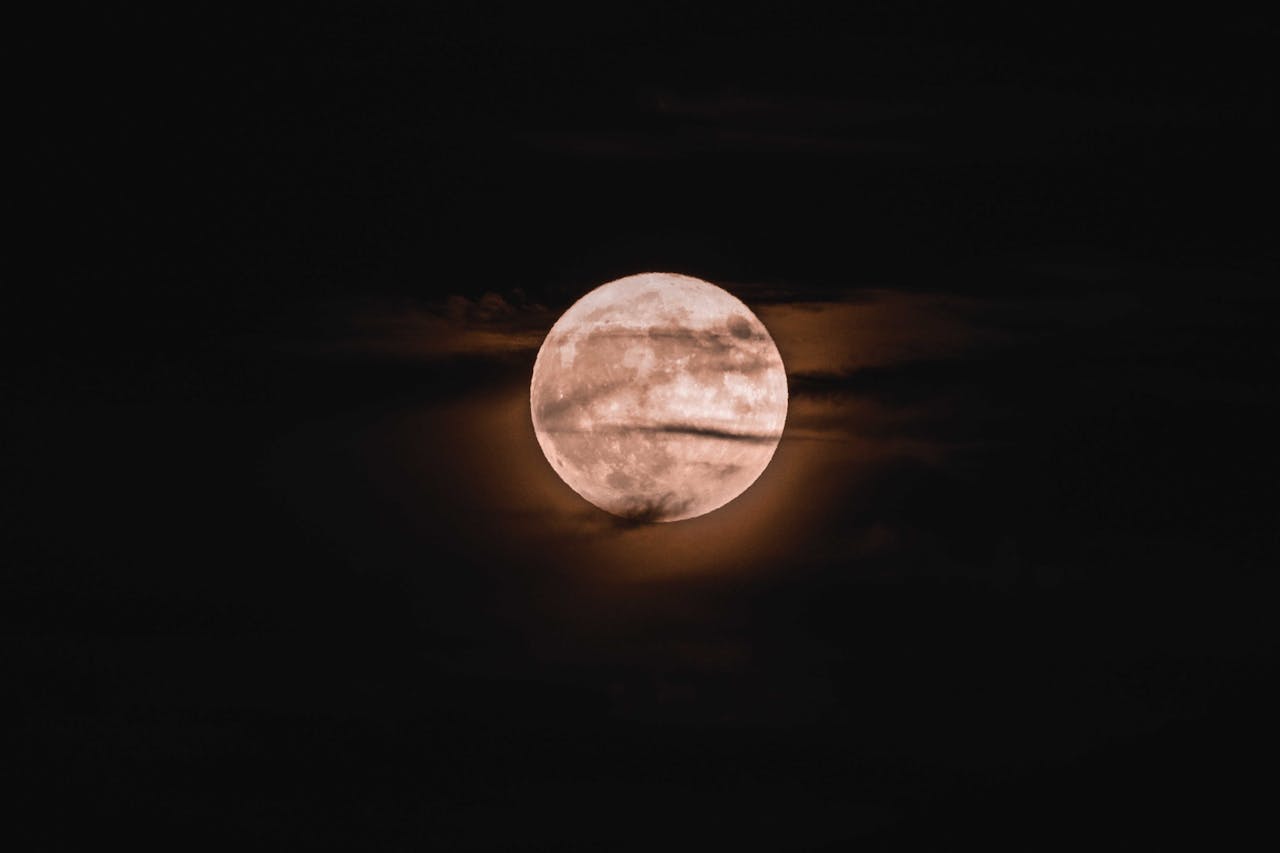By Michael J. I. Brown, Monash University; The Conversation

During a full moon or a supermoon the shadows are at their shortest – not nearly as impressive. (Pexels photo)
A supermoon may sound exciting, but it’s a modest coincidence.
As the Moon orbits Earth, its distance from us varies from 357,000 to 407,000 kilometres. When the Moon and the Sun are in almost opposite directions from Earth, we get a full moon. A “supermoon” is a full moon where its position along its orbit is within 10% of its closest approach to Earth. That’s it.
This means a supermoon has an apparent diameter that’s 14% larger than the smallest possible full moon. That’s not a lot. You can’t really notice the difference by eye.
As an astronomer, I have a problem with supermoons. There are genuine wonders to see in the night sky, so don’t be disappointed by a dull, overhyped supermoon.
When is the best time to view the Moon?
Articles hyping supermoons are easy. ChatGPT can do it. Say it’s the first supermoon since whenever, add some superlatives, and throw in a telephoto lens photo of a full moon with a landmark. Perhaps the supermoon coincides with another otherwise normal full moon, so it can be a “blue supermoon” or a “worm supermoon” or whatever.
It’s still just a full moon.
If you do want to look at the Moon and it happens to be a supermoon, go for it. But there are better times to admire our only natural satellite, particularly with binoculars or a telescope.
The best time to look at the Moon is when its shadows, as seen from Earth, are longest. These long shadows help the craters and mountains stand out from the surrounding plains, so you can appreciate the dramatic landscape of our neighbouring world.
The shadows are longest when the Moon appears as a half moon in the night sky. During a full moon or a supermoon the shadows are at their shortest – not nearly as impressive.
Supermoons are a distraction
Have you seen the craters of the Moon, the rings of Saturn, the clouds of Jupiter or the Orion nebula with a telescope? They truly are awe-inspiring. Even the most dedicated astronomers return to view them time and time again.
In fact, astronomers prefer to avoid nights with supermoons and catch up on lost sleep. Full moons flood the night sky with light and make it harder to view more subtle and interesting sights.
Want to look at the grand expanse of the Milky Way with the unaided eye? Want to see a meteor shower, comet or aurora? Best done without a damn supermoon.
It can be fun to see something truly rare or unusual in the sky. But supermoons don’t qualify for that either. Using the definition I mentioned earlier, there are typically three or four supermoons each year. More restrictive definitions give us one or two supermoons per year. Not only is that not rare, it still just looks like a full moon.
There are rarer celestial events that really can inspire. Millions of people across the globe saw bright auroras in May 2024, including places where truly spectacular auroras are few and far between.
Comets can also be wonderful. Every decade or so, a comet swings into the inner Solar System and produces a bright tail, millions of kilometres long and visible from Earth. Back when I was a student, I saw Comet Hyakutake’s bright blue tail stretch across a huge expanse of sky. Sometimes comets fizzle, but when they’re great they are amazing.
Want something impressive? Try an eclipse
Auroras and comets can be fickle, but eclipses are predictable and put on a reliable show.
Take total solar eclipses, when the Moon covers the Sun and day turns briefly into night. Thousands travel across the globe to see them. I will be travelling to New South Wales for the 2028 eclipse.
Lunar eclipses, when the Moon falls within Earth’s shadow, can be a more accessible eclipse experience, which is visible from your own home every few years.
During the best lunar eclipses, the Moon turns a dark red as the only light that reaches it comes through Earth’s atmosphere.
As an astronomer, I encourage people to look at celestial sights. Go out and see the Moon when it can really impress – during an eclipse or viewed through a telescope. Or enjoy the planets, auroras, comets and meteor showers when there is no Moon at all. But please don’t waste time on supermoons.![]()
Michael J. I. Brown, Associate Professor in Astronomy, Monash University
This article is republished from The Conversation under a Creative Commons license. Read the original article.





















